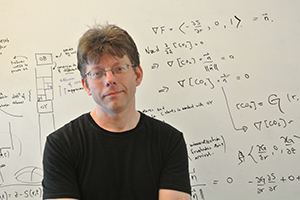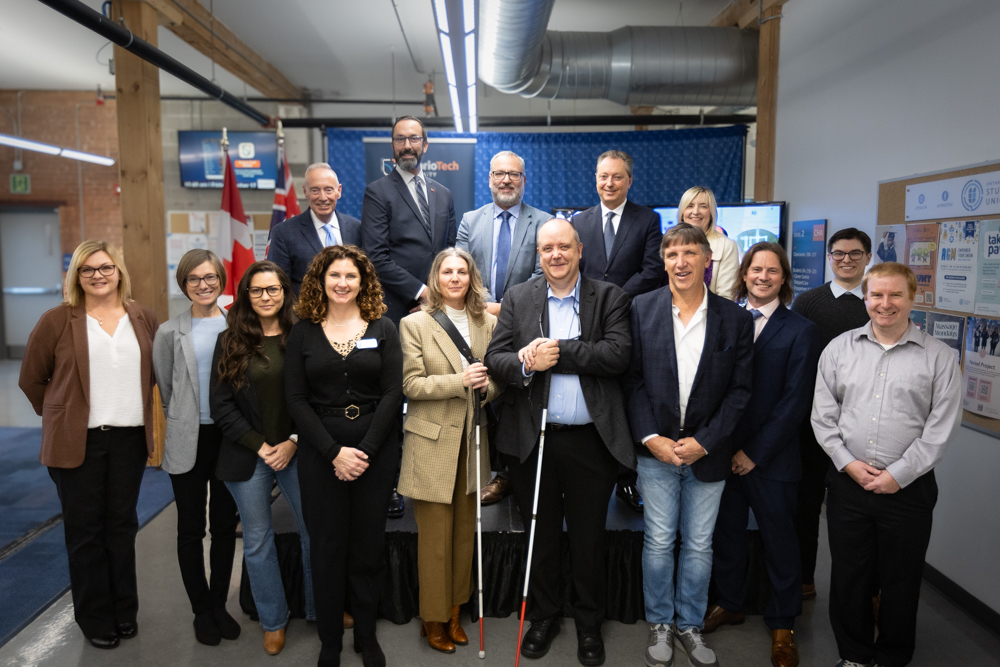Poll position: UOIT researcher weighs voters’ dilemma in 2014 Toronto mayoral race
Is there a discrepancy between landline and cellphone polling?
August 26, 2014

For the last few years the City of Toronto has proven to be a very complex political arena. With election day (Monday, October 27) drawing closer, voters are getting a steady diet of mayoral candidate poll results – tallies which are often contradictory and perhaps serve to sustain the rhythmic beat of political rhetoric.
Dr. Sean Bohun, an applied mathematics researcher at the University of Ontario Institute of Technology (UOIT), argues methodologies that fail to take modern technology into account may significantly skew the end results of the number crunching process.
“I am fascinated by the issue of contradictory polls and how polling data is collected,” says Dr. Bohun, an Associate Professor of Mathematics in UOIT’s Faculty of Science. “By using the variation between polls, I have been able to extract the most likely voting distribution of those who are not being polled. A key point in my analysis is the fact that many rapid polls only contact people with landlines. The demographic of those who only use cell phones is not being captured. The result is a potentially, and likely, false impression of views held by the entire spectrum of Toronto voters.”
Dr. Bohun says the generally successful prediction of the 2012 U.S. presidential election (in contrast to many political pundits) is testament to the predictive power of a well-structured model, one which takes into account a vast number of polls that can be systematically weighted according to their historically proven reliability.
“Unfortunately the mathematical theory of this approach falters when applied to the Toronto mayoral race due to a lack of data,” says Dr. Bohun. “With a significantly smaller number of polls, reconstruction of the true voting distribution across 44 virtually independent wards with their own unique set of issues is still possible, but it must be done in a smarter way.”
Searching for solutions that resolve seemingly contradictory information, rather than focusing directly on the contradictions, is a common theme in mathematics. But Dr. Bohun says mathematical models are only as good as the quality of the data they hope to model.
“The challenge is to estimate the voting preferences of the unpolled and factor that in with the actual polling results, while also remaining faithful to the socio-political realities of Toronto. Only by being well-informed about the issues and open to all sides of the debate can the true voting intention distribution of Toronto be revealed.”



